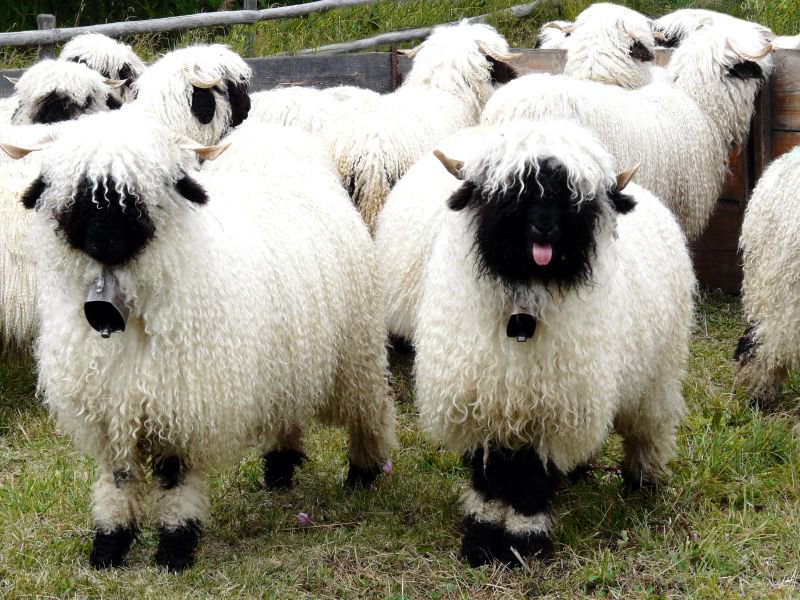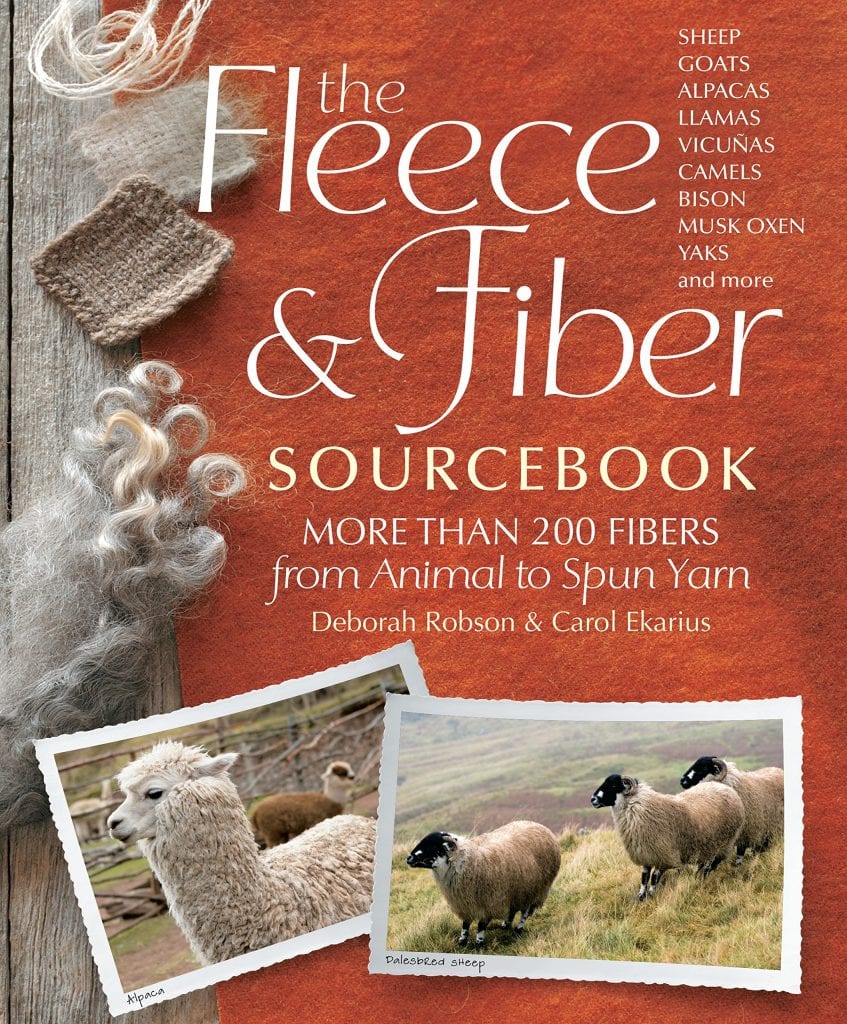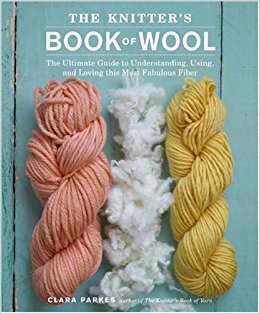When many of us were kids, the word “wool” meant scratchy, hot, and uncomfortable, not to mention dry-clean only.
Now amazingly soft merino sweaters, t-shirts, socks, and even underwear abound, in fine knitted fabric to wear all year round, and you can throw most of it right into the washing machine!
But what is a merino, and how did it get into our underwear?
The word “Merino” refers to a specific breed of sheep, prized for centuries for its dense, fine, highly crimped fleece. Originally developed in 12th century Spain, the breed is now found around the world and has become synonymous with high-quality, next-to-skin-soft wool.
But not all Merino sheep grow up to become “merino”.
The textile industry uses the word “merino” to refer to any wool, from any breed of sheep, that measures within a certain micron count – on average, between 19 and 21.5 microns. (Human hair, by comparison, measures about 75 microns.) So your “merino” t-shirt is actually a blend of wool from Merino, Rambouillet, Targhee, and any number of other sheep breeds that grow fleeces that measure at the desired micron count for finewool. (Coarser “strong” wool, as it’s referred to in the industry, whether from a Merino sheep or not, gets sorted out and used for more robust purposes like outerwear, blankets, and the like.)
Why does this matter? Well, just like a blended coffee or a table wine may be perfectly serviceable and delicious, the subtle nuances of each particular type of bean or grape that might really sing out on their own can be lost in the mix. So it is with blended wool.
There are hundreds of breeds of domestic sheep, and the wool from each has its own unique characteristics – whether fine or coarse, straight or crimped. Like a coffee bean or wine grape, each has its own specific “flavor”. Just as you might choose a bold Cabernet over a delicate Chablis to pair with a hearty steak dinner, you may prefer a sturdy Corriedale wool for a hiking sweater rather than a soft Cormo that will get roughed up by your backpack straps or snagged on a tree branch.
Many breeds, like the Merino, have been developed over hundreds of years to thrive in their particular climate and to produce a very specific type of fleece. Unfortunately, some heritage breeds are being lost as the demand for finewool dominates the market.

So enjoy that soft (and maybe even machine washable) merino t-shirt! Wool is, after all, the original technical fabric, as many runners, cyclists, and other athletes can attest, and makes wonderful clothing of any type. But don’t forget to try some different flavors – look for breed-specific wool when you’re choosing your wool clothing or yarn, and enjoy the special qualities of each individual breed.
Want to learn more? The Knitter’s Book of Wool by Clara Parkes is a rich resource for crafters, and includes knitting patterns that make the most of each type of wool. For hardcore fiber fanatics, The Fleece & Fiber Sourcebook covers over 200 types of fiber-producing animals including everything from alpacas to yaks!
There’s lots of information online as well, from the fine folks at Shetland Wool Week, to British Wool, to the American Wool Council – or simply search for “breed-specific wool” and see where your curiosity takes you!



